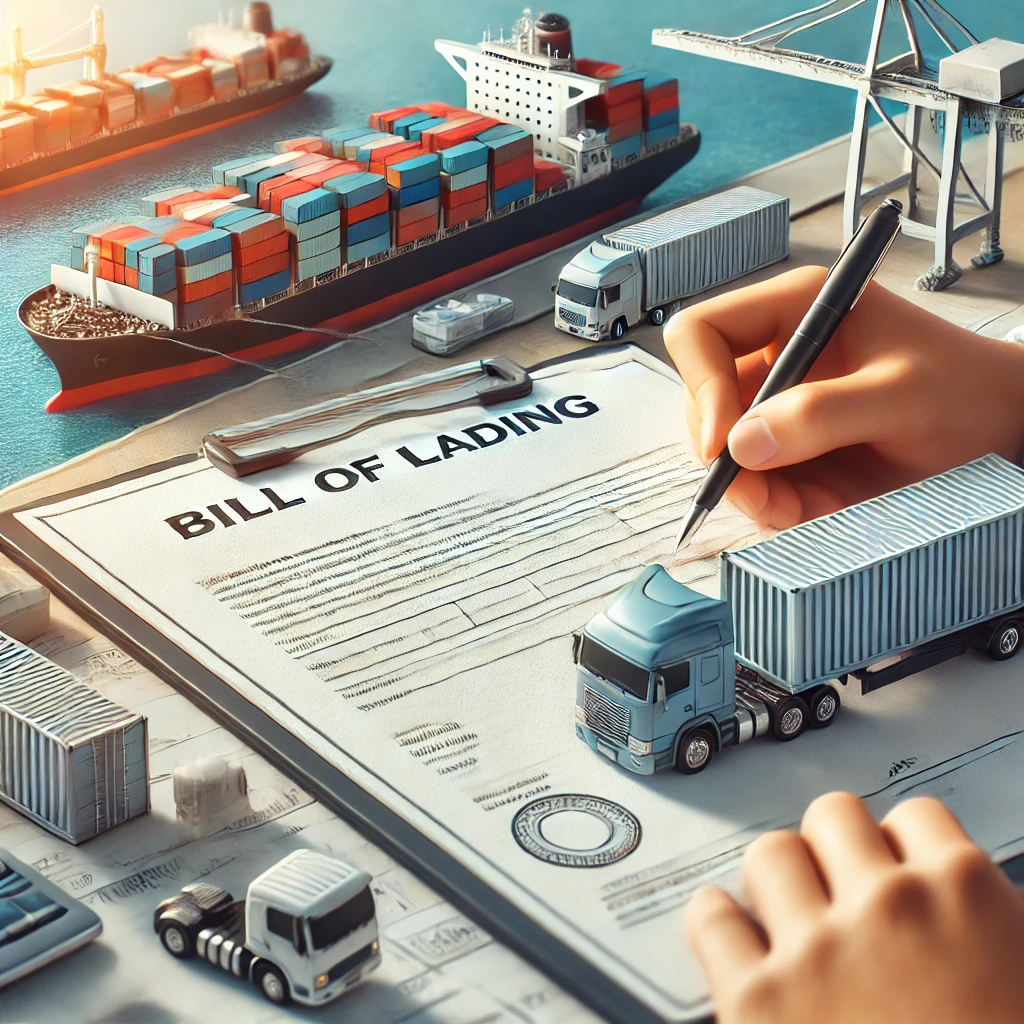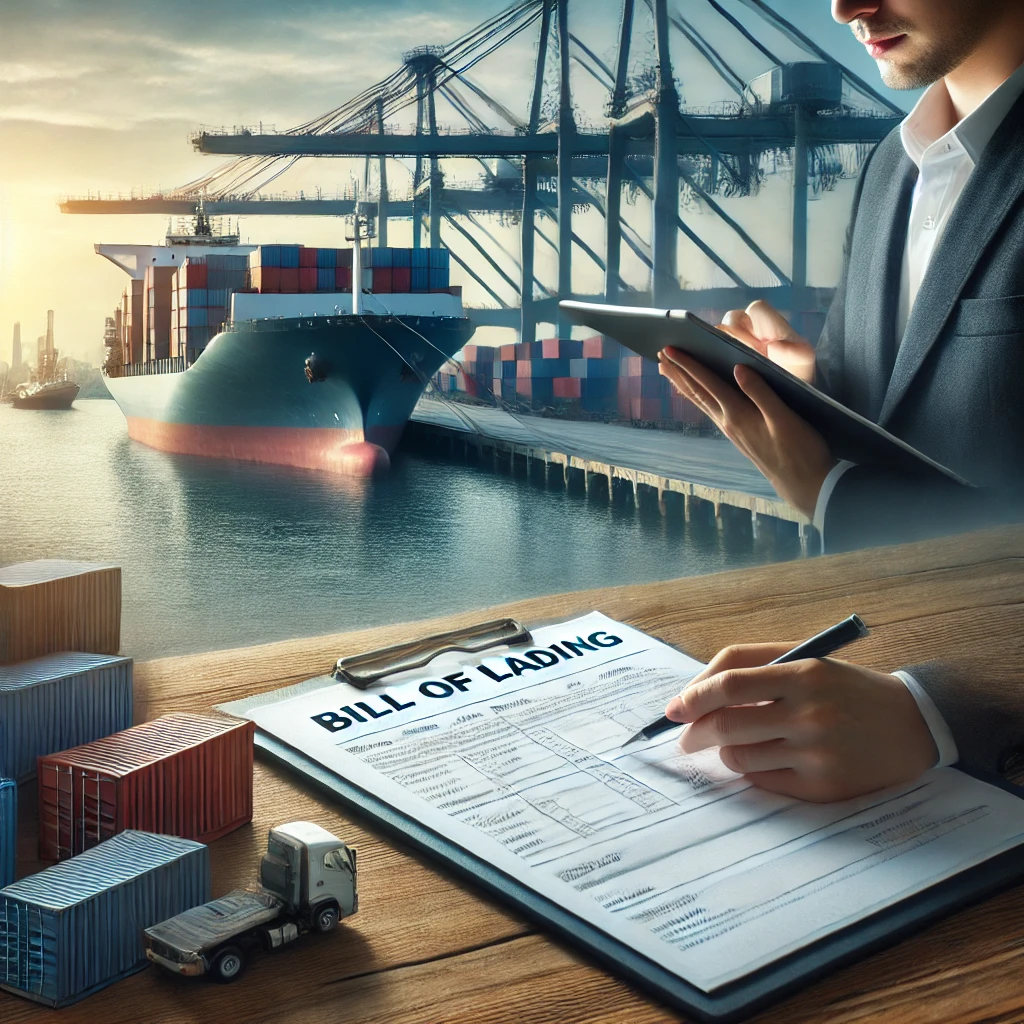Demystifying Of Lading for Professionals
The term “of lading” is most commonly associated with the widely used Bill of (BOL), a crucial document in the shipping and logistics industry. Understanding the concept and functionality of lading is essential for businesses and professionals involved in trade, transportation, and supply chain management. This article provides a comprehensive explanation of “of ,” its features, practical uses, and importance in global commerce.

What is “Of Lading”?
“Of lading” refers to the term found within the Bill of Lading, a legal document issued by a carrier to a shipper as evidence of the contract for the carriage of goods. The Bill of serves multiple purposes, including acting as a receipt of goods, a document of title, and proof of the agreed-upon terms between the shipper and carrier.
Key Features of “Of Lading”
- Contract of Carriage: A Bill of Lading establishes the terms and conditions under which goods are transported from one point to another.
- Receipt of Goods: It serves as proof that the carrier has received the goods in good condition and as described.
- Document of Title: In certain cases, a Bill of Lading acts as a title document, enabling the transfer of ownership of goods during transit.
- Types of Bills of :
- Straight Bill of : Non-negotiable, used when goods are delivered to a specific consignee.
- Order Bill:Negotiable, allowing the consignee to transfer ownership of the goods by endorsing the document.
- Bearer Bill of : Allows the holder of the document to claim the goods.

Practical Uses of “Of Lading”
- Facilitating Trade: The Bill of simplifies trade by ensuring that the terms of shipment are documented and agreed upon.
- Proof of Ownership: It provides legal proof of ownership, which is essential for transactions involving banks and financial institutions.
- Customs Clearance: Bills of Lading are often required to clear customs and comply with import/export regulations.
- Insurance Claims: In cases of damage or loss, the Bill of is used to support insurance claims.
Importance of “Of Lading” for Businesses
- Legal Protection: Ensures clarity in the terms of carriage and protects the interests of both the shipper and the carrier.
- Operational Efficiency: Streamlines the shipping process by providing a standardized format for documenting transactions.
- Risk Mitigation: Reduces the risk of disputes by clearly defining responsibilities and conditions for transporting goods.

Components of a Bill of Lading
- Shipper and Consignee Information: Names and addresses of the parties involved.
- Description of Goods: Details such as quantity, weight, dimensions, and packaging.
- Carrier Details: Information about the carrier responsible for transporting the goods.
- Terms and Conditions: The agreed-upon terms governing the shipment.
- Signature: Authorized signatures from both the shipper and the carrier.
Challenges Associated with “Of Lading”
- Complexity: Understanding the legal language and implications of a Bill of Lading can be challenging for newcomers.
- Fraud Risks: Forged or tampered Bills of can lead to financial losses and disputes.
- Regulatory Compliance: Ensuring compliance with international trade regulations adds to the complexity.

Innovations in “Of Lading”
- Digital Bills of Lading: Many industries are adopting electronic Bills of (eBOL) to reduce paperwork and enhance efficiency.
- Blockchain Integration: Blockchain technology ensures the authenticity and immutability of Bills of Lading.
- Standardization Efforts: Organizations like the International Chamber of Commerce (ICC) are working to create globally accepted standards for Bills of .
Conclusion
Understanding “of lading” and the significance of the Bill of is vital for professionals in the shipping and logistics industry. It not only ensures smooth trade operations but also provides legal protection and facilitates risk management. As industries evolve, innovations like digital and blockchain-integrated Bills of Lading will continue to enhance efficiency and reliability in global commerce.
